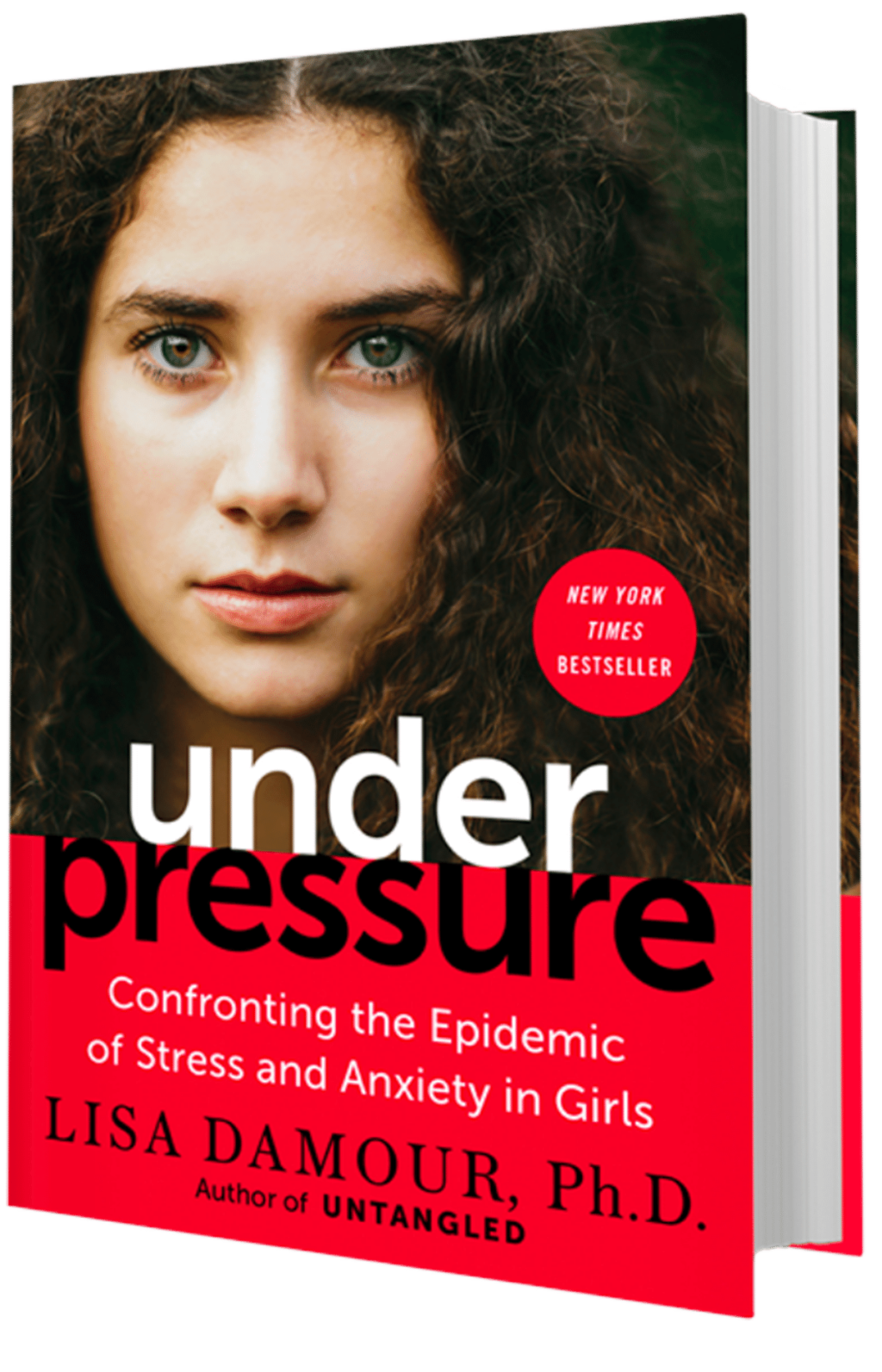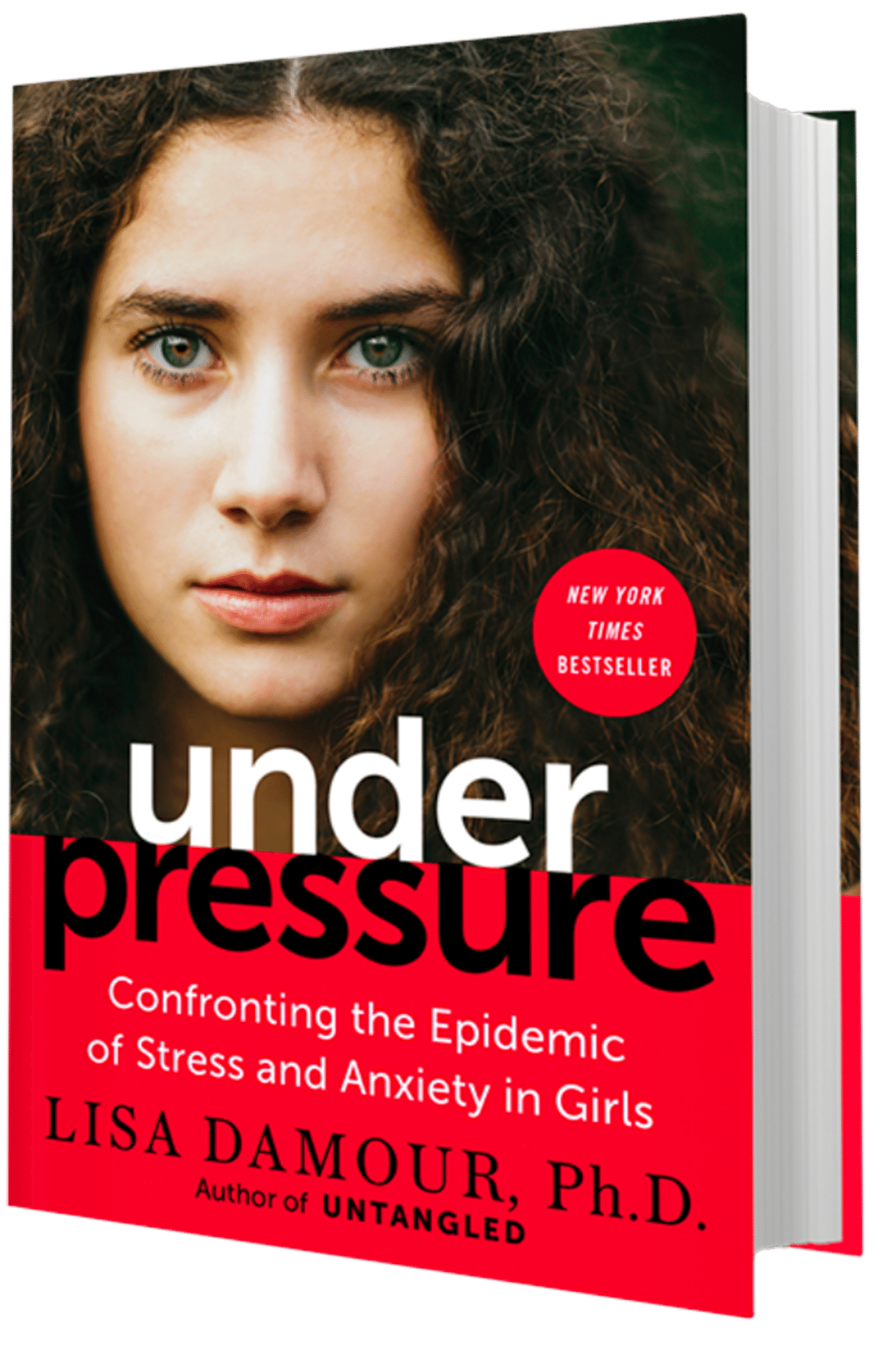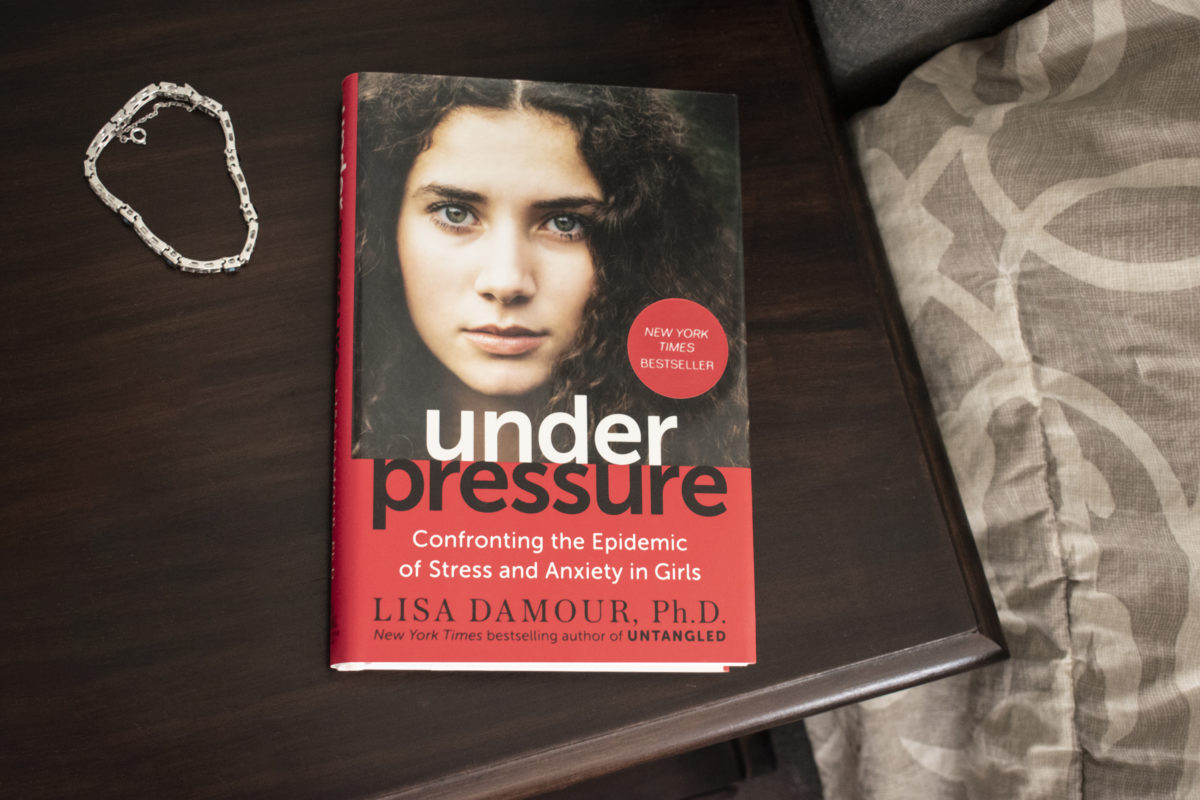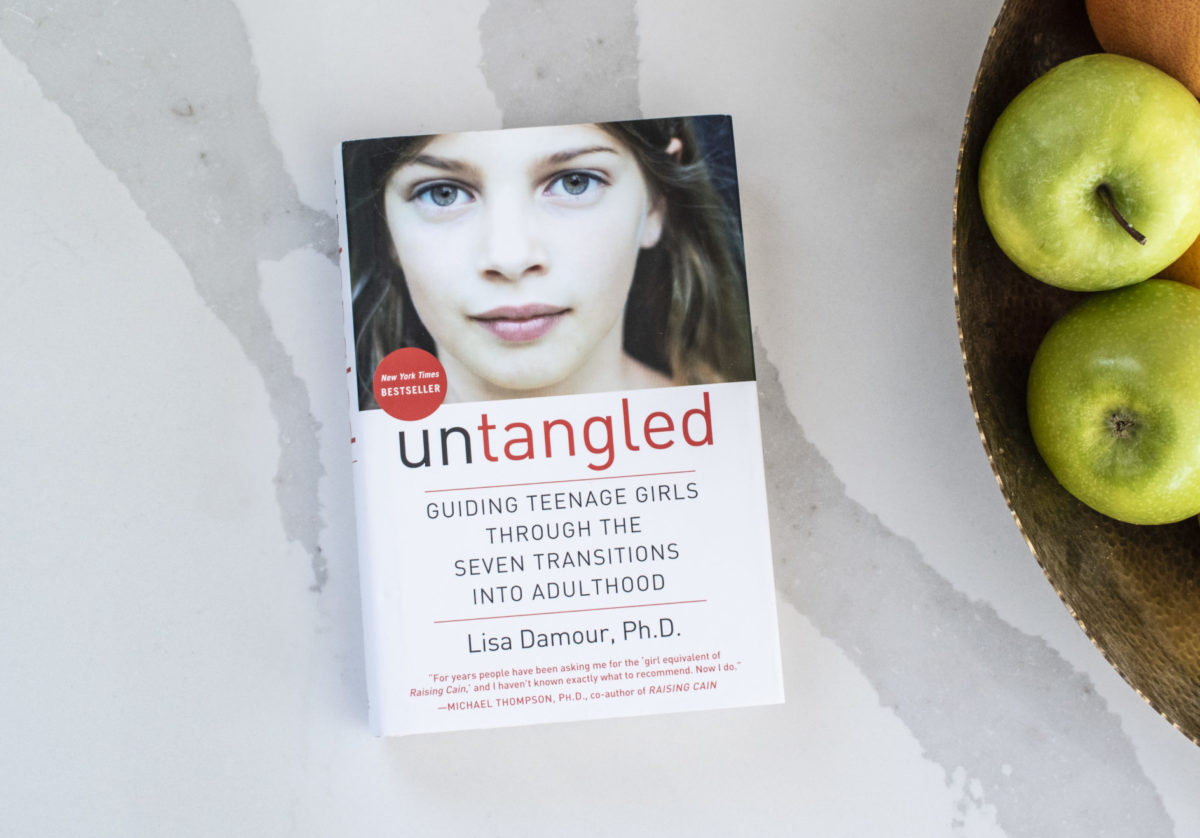
Taken from
Under Pressure, Confronting the epidemic of stress and anxiety in girls
pages 7 – 10
Of course, there are girls and families who do everything in their power to address the social and academic impact of mononucleosis yet still find themselves struggling to get back on track. We can better understand their challenges when we recognize that just as stress is not all bad, it is not all the same. When psychologists study stress and its impact on health, we sort it into three distinct domains, namely life events, daily hassles, and chronic stress.
Any life event that requires adaptation, such as a teenager catching mono, is inherently stressful. Even happy occasions, such as becoming a parent or starting a new job, come with the strain of adapting to abrupt change. There aren’t many cardinal rules in psychology, but here’s one: change equals stress. The more change a life event requires, the more taxing it will be.
Moreover, life events, both good and bad, often trigger daily hassles as well. For instance, parents who rearrange their schedules to care for an unhealthy teenager may have trouble getting around to their routine errands. Or they may not be able to clean up the sink full of dinner dishes that are usually loaded into the dishwasher by the teenager felled by mono. While daily hassles seem like they shouldn’t be a big deal, they do add up. Quite remarkably, one research study found that it was the number of daily hassles triggered by a major stressor, such as the death of a loved one, that actually determined how much emotional difficulty people faced down the line. In short, the pain of losing one’s wife is amplified by the stress of trying to figure out her system for paying the household bills.
Our instinctual understanding of the burden of daily hassles explains our impulse to cook for friends with new babies. We stock the fridges of those facing major life events to spare them the added nuisance of shopping and making meals. Appreciating that our own daily hassles really do compound stress can spur us to take steps to minimize them. Eating off paper plates for a few weeks won’t cure a teenager’s mono, but it can help to reduce the level of stress overall.
Apart from life events and daily hassles, there’s also chronic stress. This is the kind that results when basic life circumstances are persistently difficult. Enduring chronic stress—such as living in a dangerous neighborhood or caring for a relative with dementia—has been found to take a grinding toll on both physical and emotional health. Yet even in the worst circumstances, relief can sometimes be found. Studies of how young people cope with two grave and persistent sources of stress—ongoing cancer treatment or being raised by a severely depressed parent—have yielded valuable lessons that apply to a wide range of chronically stressful situations.
I found myself relying heavily on what we know about helping children and adolescents manage stress, even in the context of unrelentingly difficult conditions, when working with Courtney, a bright seventeen-year-old whose parents were in a protracted and contentious separation. Courtney and I started meeting weekly in the fall of her junior year after she announced to her folks that she could not bear another day of their fighting. Though they disagreed about many things, Courtney’s parents both wanted to provide their daughter with some much-needed support.
Once we got to know each other, Courtney and I set our minds to figuring out how she could manage the problems at home. Our first step was to determine what she could and couldn’t change.
“Honestly,” she said, “I don’t think that they’ll ever get along.” With an air of exasperation she added, “They say that they won’t fight in front of me, but they can’t seem to help themselves.”
“I’m really sorry to hear that . . . and can only imagine how painful it must be to hear them go after each other.”
Courtney looked at her hands and then back at me before replying wearily, “Yeah, it sucks.”
I reflected a moment before saying, “With regard to the fighting, I think you’re stuck. Your folks are the only ones who can make it stop, and it doesn’t sound like they’re ready to do so.”
Courtney ruefully nodded her agreement.
“So, as much as I hate to say this, I think that you have to find a way to accept that reality for now.”
Indeed, for difficulties that cannot be changed, research shows that practicing acceptance is the critical first step. If your nose wrinkles at the new-age aroma wafting from the suggestion to “practice acceptance” (true confession: that was my own first reaction), consider it pragmatically. Why expend energy fighting an immutable reality? Once we find a way to digest a hard truth, we can get on with adapting to it.
Courtney, however, was having none of it.
Simultaneously incredulous and annoyed, she replied, “How can I possibly accept their fighting? It’s awful!”
“I hear you,” I responded as nondefensively as I could. “And if I thought you had the power to help your parents come to a truce, I’d be encouraging you all the way. I do, however, think that there are things you can control that will help your situation. Are you open to some ideas?”
Courtney reluctantly indicated her willingness to hear me out, so I proceeded with more of what we know from the research on chronic stress. Namely, that it’s helpful for young people to seek out happy distractions and enjoyable activities in order to take cover, even briefly, from their monsoon of stress.
“Are there things you enjoy that their fighting can’t disrupt?”
Courtney’s face relaxed as she thought about my question. “You know,” she ventured, “there is something I really like to do . . .”
I raised my eyebrows to let her know that I was eager for her to continue.
“I have a car . . . we say it’s my grandma’s, but it’s basically mine . . . and I love to drive it out on Chagrin River Road.” I smiled to indicate my familiarity with the wooded, hilly route that picks up about twenty minutes east of my office in the eastern suburbs of Cleveland. “I roll down the windows, even when it’s cold outside, and play my music loud. Even after one song, I feel better.”
“Can you take that drive whenever you want?”
“Basically. Unless I have homework or something like that—but it doesn’t take me long to get there from my house.”
“Then I think that should be part of our plan. You can’t stop your parents’ fighting, but it sounds like you have a reliable way to take a break from the stress of it.”
Courtney bit her lip, letting me know that she remained unconvinced.
“It’s definitely an imperfect solution,” I said gently, “but think of it this way: the arguments make you feel bad, and driving makes you feel better. Until your parents sort things out, taking a drive when you need to gives you some control of your mood.”
“That’s true,” she said slowly. She paused, then added, “I’ll try it and let you know.”
We can bring these lessons about coping with chronic stress home to our own girls by guiding them to think about what they can change and what they can’t when they are stuck in difficult circumstances. Should your daughter find herself in a class dogged by unrelenting interpersonal strife (hello, seventh grade), you might help her to focus on what she can actually do about the situation, such as keeping ties with low-drama neighborhood friends. Beyond that, you can support her as she finds ways to distract herself from the social tempest until it dies down (fingers crossed, eighth grade). Given that unhealthy stress cannot always be avoided, we should take comfort in what the scholarship tells us about how to reduce psychological strain. Taking a strategic approach—fixing what we can and finding a way to live with what remains—makes it possible to feel less helpless and more relaxed, even in the face of substantial adversity….

Under Pressure Confronting the epidemic of stress and anxiety in girls
Lisa’s second New York Times best seller is a celebrated guide to addressing the alarming increase in anxiety and stress in girls from elementary school through college.
Buy nowMore resources




















